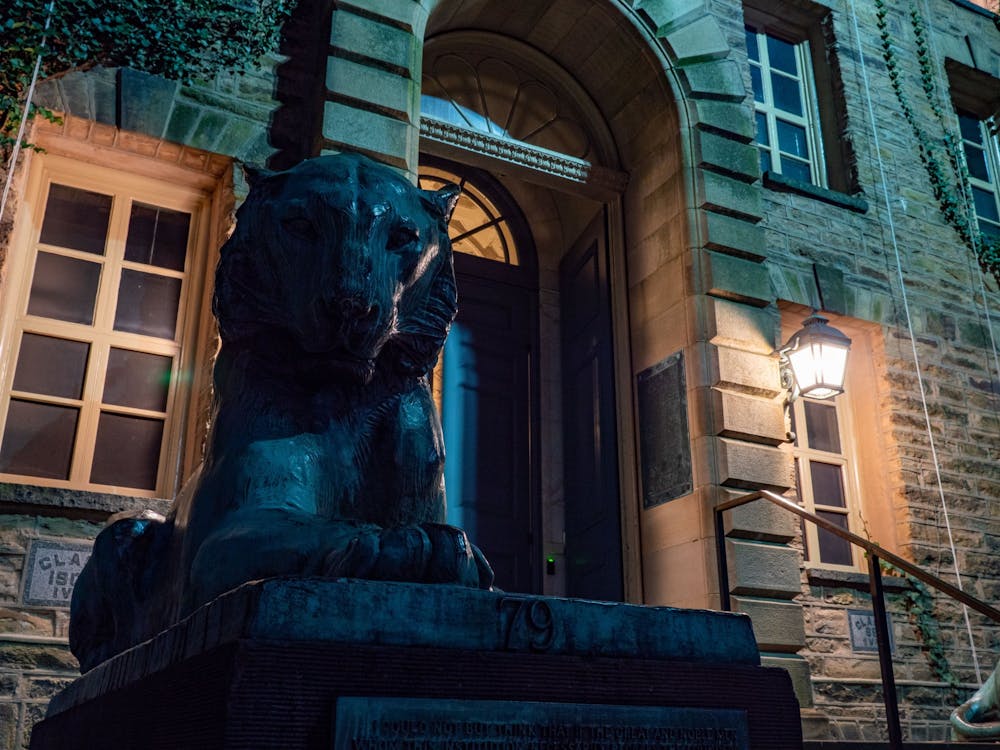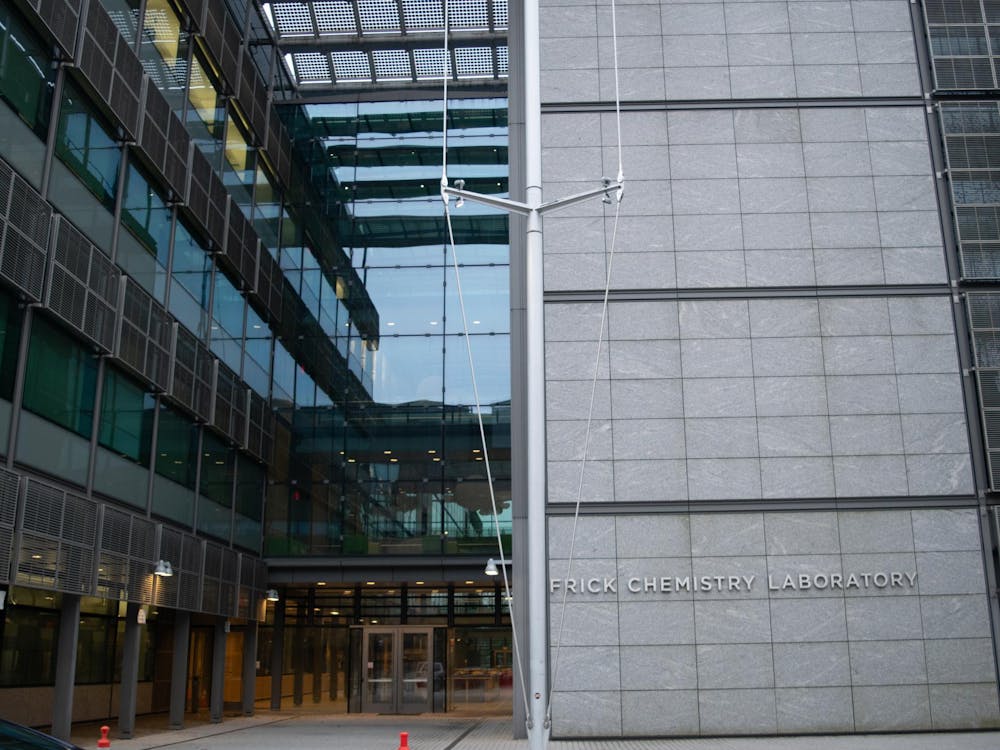Last year, the university announced that starting in the 2023–24 academic year, students from the Class of 2025 onward will be allowed to pursue minors programs, revising and adding to the University’s existing certificates.
In the announcement, Dean of the College Jill Dolan explained that this change will still focus on “preserving exactly what concentrations and certificates already do.”
Concentrations will also be referred to as majors, to “align with other institutions in higher education.”
Although ‘certificate’ and ‘minor’ have been used interchangeably by students and faculty for years, they mean slightly different things outside the University.
Dolan explains how the change is taking place to better match language used outside at other institutions.
“One of the issues with our ‘concentrations’ and ‘certificates’ is that, although they’re unique in our landscape, and people learn what they mean, they don’t translate well outside of Princeton,” said Dolan.
What’s really changing?
The current curriculum allows students to choose one concentration, equivalent to a major at other colleges, with the option to ‘concentrate’ further on a specific part of their respective field. Students may pursue certificates by taking additional courses and completing additional independent work or incorporating their certificate topic into their thesis.

Under the existing guidelines, certificates must be interdisciplinary — a requirement that will not be imposed on minors programs.
The existing 54 certificate programs are able to revise their curriculums and submit proposals for approval in order to meet the requirements for minors programs.
The beginnings of this change in language can be seen on the Admissions Office website, which lists both, but does not provide a distinction between the two.
Of the University’s 54 certificates and 36 concentrations, the majority already meet the new curriculum requirements, detailed below, to become a minor. Additionally, other concentrations and certificates will undergo review and realignment with the new requirements over the next several years, likely resulting in the creation of new minors altogether.

Students can expect some minors to be available starting next year. Others will require more time to align with the new requirements.
The University plans to leave the Graduate certificate programs in their current format.
What are the requirements?
Under the University’s new curriculum, students will be permitted to complete two minors, though petitions to residential college deans may allow for three or more. Minimum course requirements for a minor will be set by the Faculty Committee on the Course of Study, consisting of about five to seven courses and potentially independent work. These changes are also expected to be immediately reflected in transcripts.
The Princeton certificate program was already more equivalent to what other colleges may call a minor, rather than the certificates offered at other institutions.
At most other colleges and universities, minors can only be pursued by students in a committed degree program. They are generally considered a secondary degree, with a higher workload than a certificate program. At other institutions, however, certificates can be pursued regardless of a student’s status as ‘degree-seeking’ or ‘non-degree seeking.’
Like Princeton’s current certificates, minors at other Universities typically require additional work, like independent research. Because of the rigorous nature of minor programs in other universities, they are often required to be declared relatively early in a student’s college career. Certificates at other institutions generally only require the completion of a series of courses, and many can be declared at any point, by anyone.
Dolan explained how “[e]stablishing a formal minors program and inviting certificate programs to align with the new model will bring more coherence to the landscape of secondary studies at Princeton,” allowing the reality of the certificate programs’ workloads to be reflected on students’ transcripts.
Jasmyn Dobson is a staff writer for the ‘Prince.’
Please direct any corrections requests to corrections[at]dailyprincetonian.com.








